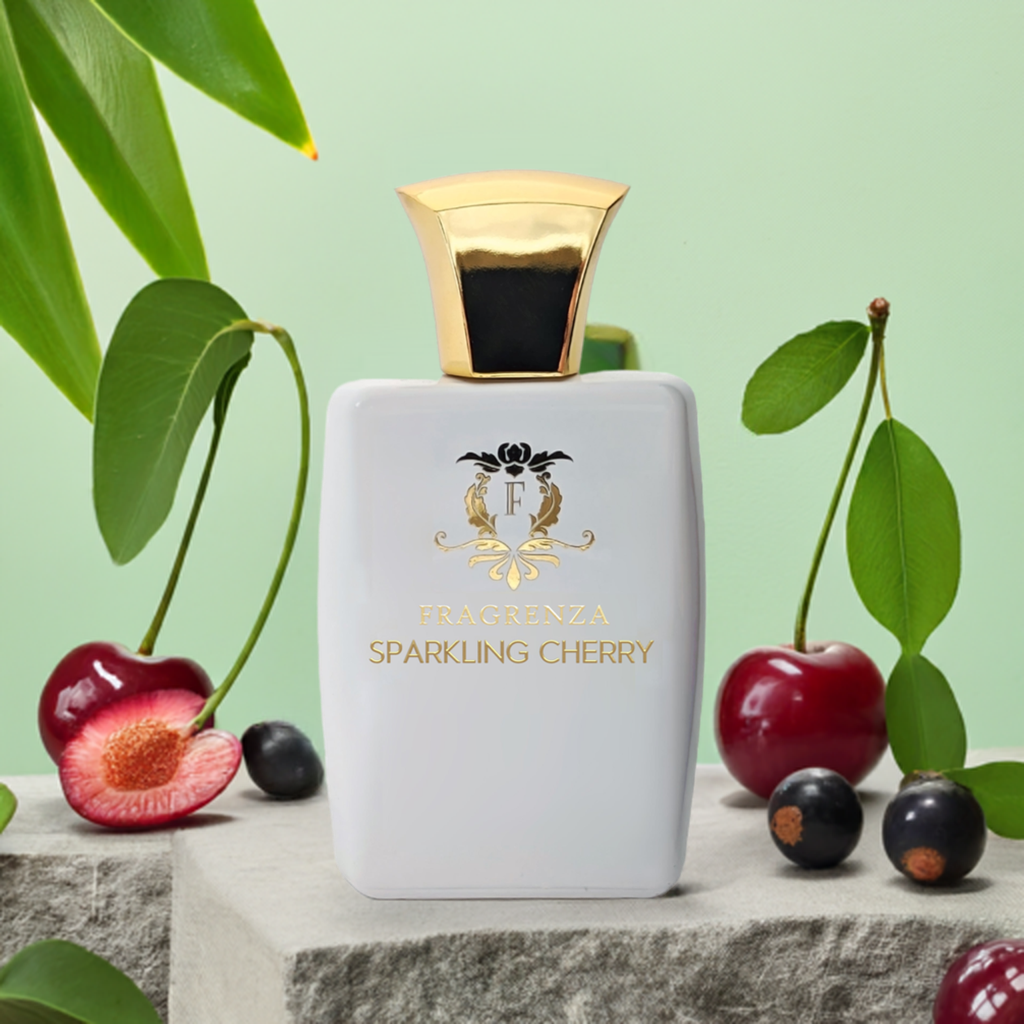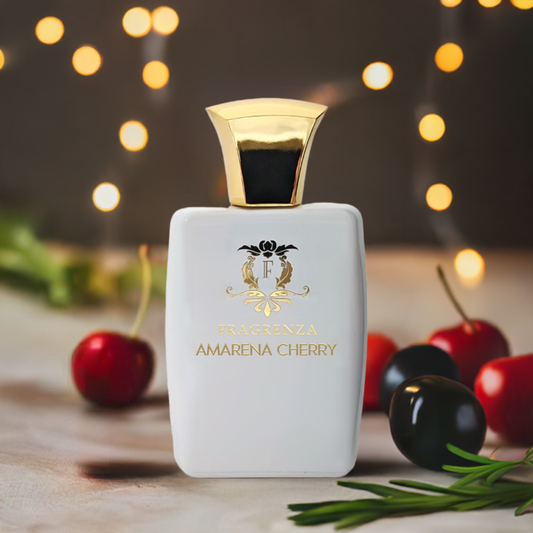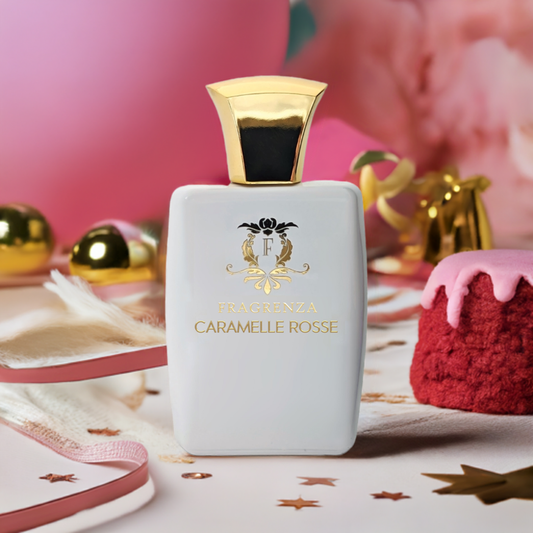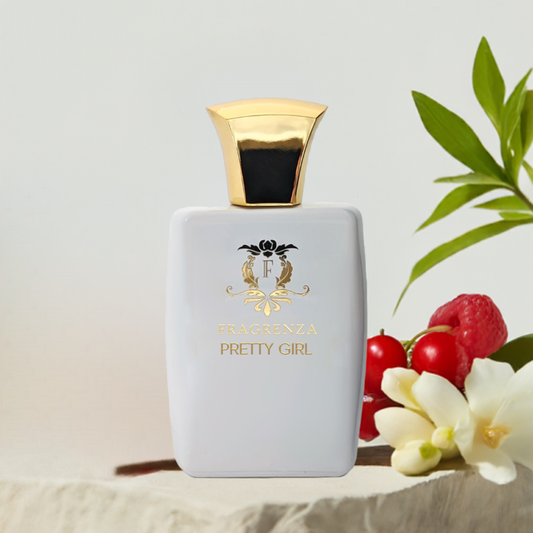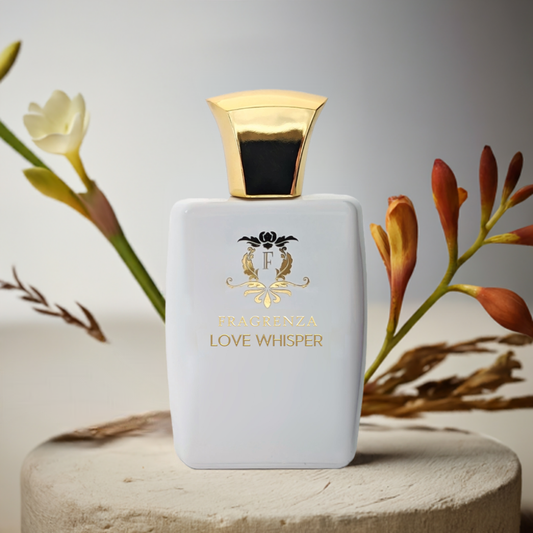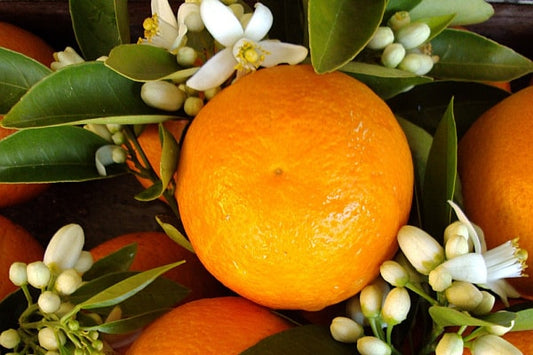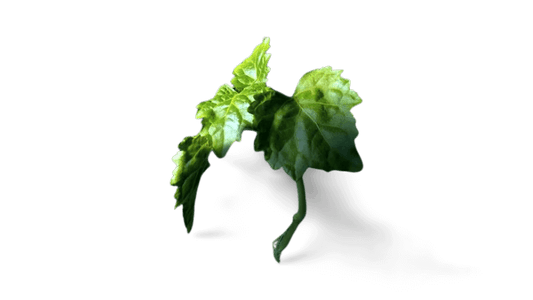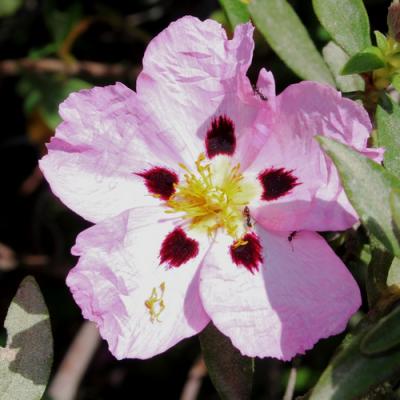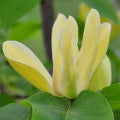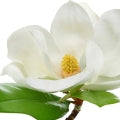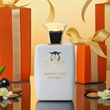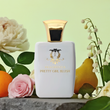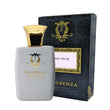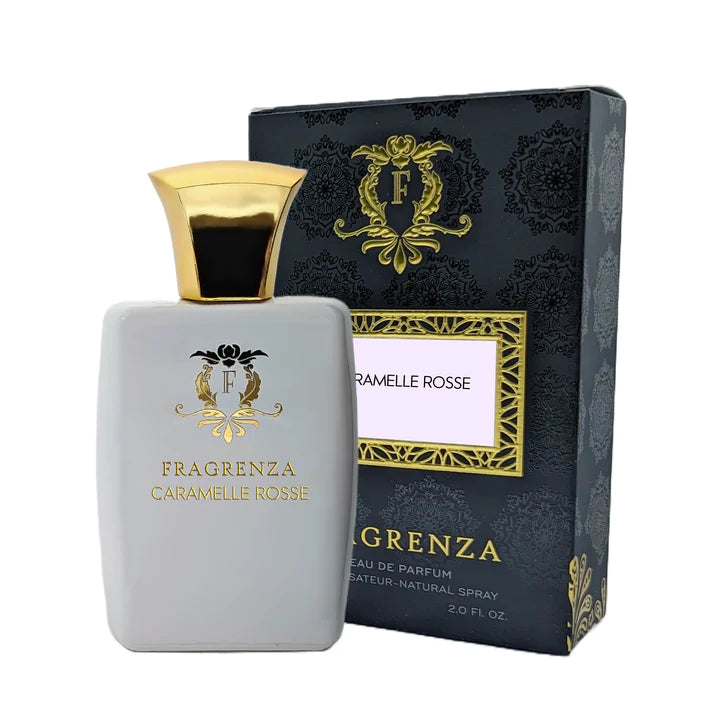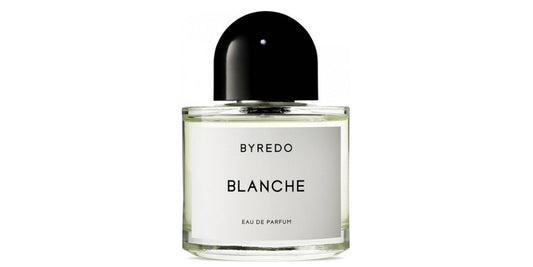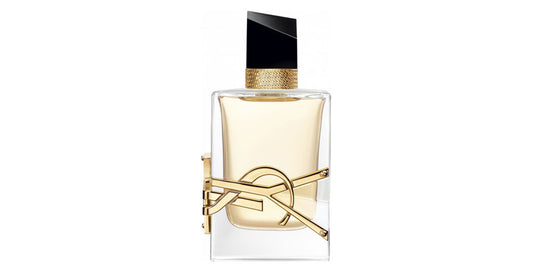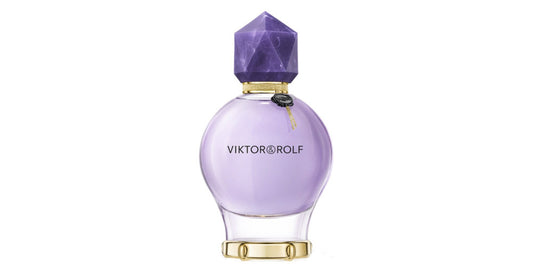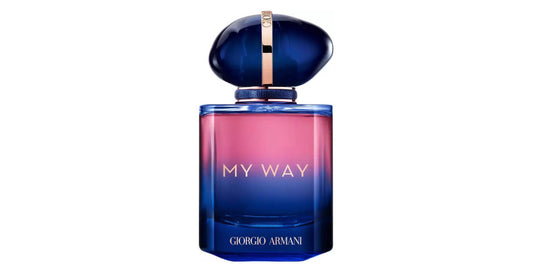Magnolia in perfumery
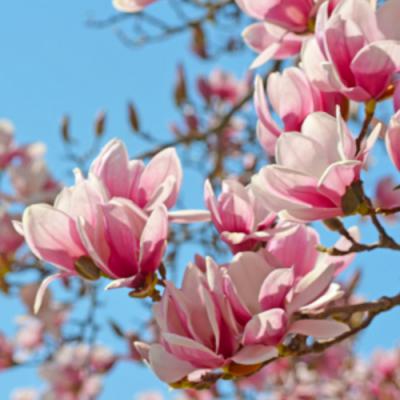
In This Article
Delving into the Origins and Rich Culture of the Magnolia
The magnolia, a majestic tree adorned with pink, white, and cream flowers resembling tulips or stars, can reach heights of up to 15 meters. Belonging to the Magnoliaceae family, which consists of approximately 110 species, the magnolia is native to Asia and North America. Remarkably, it is one of the planet's oldest plants, predating even the beetles. Some magnolia species date back 20 million years! In perfumery, the magnolia Grandiflora and magnolia Michela Alba, more recent species, hold particular interest. The Magnoliaceae family, which also includes the tulip tree, was named in honor of 17th-century botanist Magnol. Magnolia trees are harvested from May to June and from August to November, with their natural extracts and laboratory reproductions being utilized in different ways.
The Allure of Magnolia in Perfumes
Despite its mysterious and elusive nature, the magnolia's floral, green, and delicate scent has captivated many. Consumers are particularly drawn to its spring-like fragrance, reminiscent of jasmine, leading some to consider it the new favorite flower of perfumers. Possessing an intense allure, the magnolia is both seductive and voluptuous, even with its fleeting presence. Interestingly, the magnolia's scent profile is almost as close to citrus as it is to a flower, exuding a refreshing quality and prominent solar accents due to its slightly vanilla-like facet. While magnolia is typically extracted in its natural form, perfumers can also recreate its essence in the laboratory. Furthermore, its stem is occasionally used in perfumery, although its aroma is more challenging to incorporate.
Among the many renowned fragrances celebrating the magnolia, L'Instant de Guerlain stands out as a must-try. Additionally, this enchanting flower graces 1881 Lumières d'Été by Cerruti, Agent Provocateur by the eponymous brand, Bright Crystal by Versace, and Amarige Mariage by Givenchy, showcasing its diverse appeal and enduring allure in the world of perfumery.
The Enchanting World of Magnolia-Based Fragrances
Magnolia-based fragrances capture the essence of this exquisite and ancient flower, transporting wearers on a sensory journey through its delicate and captivating scent. As the magnolia continues to captivate perfumers and consumers alike, it has found its way into an array of iconic fragrances, each with its unique interpretation of the flower's characteristics.
Exploring the Diverse Scents and Combinations
As perfumers experiment with different magnolia-based creations, they discover various scent combinations that complement and enhance the flower's essence. Some fragrances skillfully blend magnolia with other floral notes like jasmine, rose, and lily of the valley, resulting in a harmonious and romantic bouquet. Others pair magnolia with fruity notes, such as citrus, berries, or tropical fruits, adding a refreshing and vivacious twist to the composition.
When blended with woody or spicy notes, magnolia takes on a more sensual, mysterious, and captivating character. These intriguing combinations create an alluring depth, making them ideal for evening wear or special occasions. Furthermore, the inclusion of creamy, sweet, or gourmand notes in magnolia-based fragrances can create a cozy, enveloping, and comforting aura, perfect for colder months or intimate moments.
Unisex and Gender-Fluid Magnolia Creations
Although magnolia is often associated with feminine fragrances, the versatility and adaptability of its scent profile have led to an increasing presence in unisex and gender-fluid perfume compositions. By skillfully balancing the magnolia's delicate floral notes with woods, spices, or aromatic elements, perfumers can create fragrances that transcend traditional gender boundaries, appealing to a broader audience and reflecting the contemporary, inclusive ethos of the perfume industry.
As the allure of magnolia continues to enchant the world of perfumery, we can expect to see even more innovative and captivating interpretations of this ancient flower, further solidifying its status as a timeless and versatile scent in the fragrance world.
